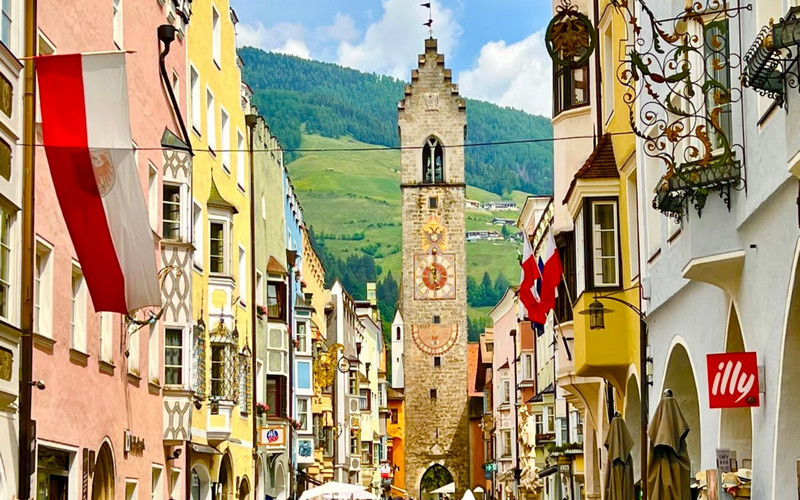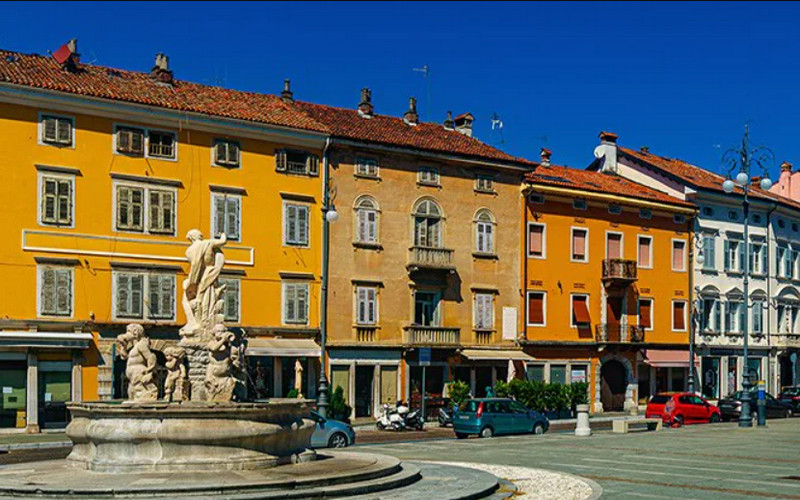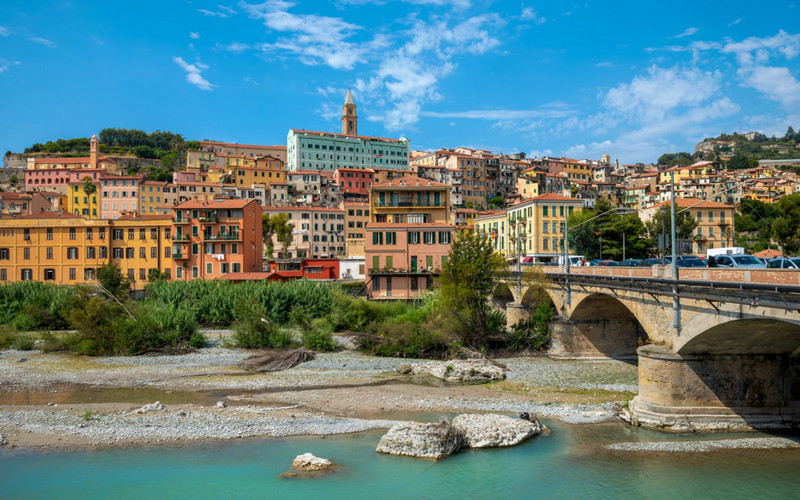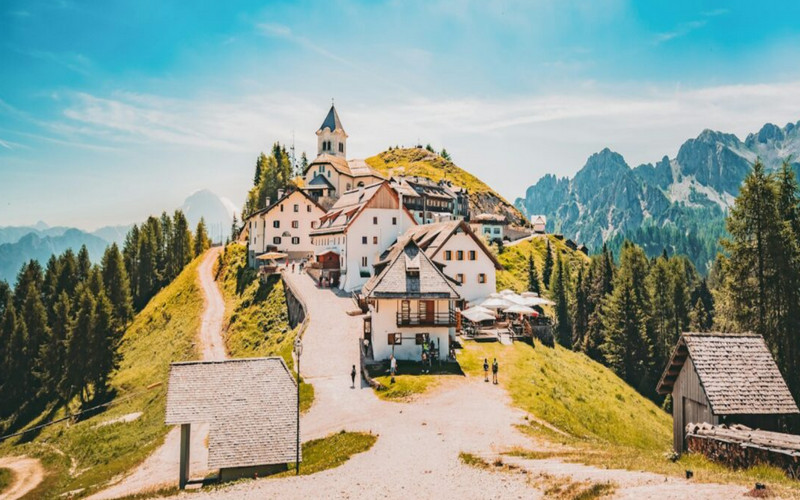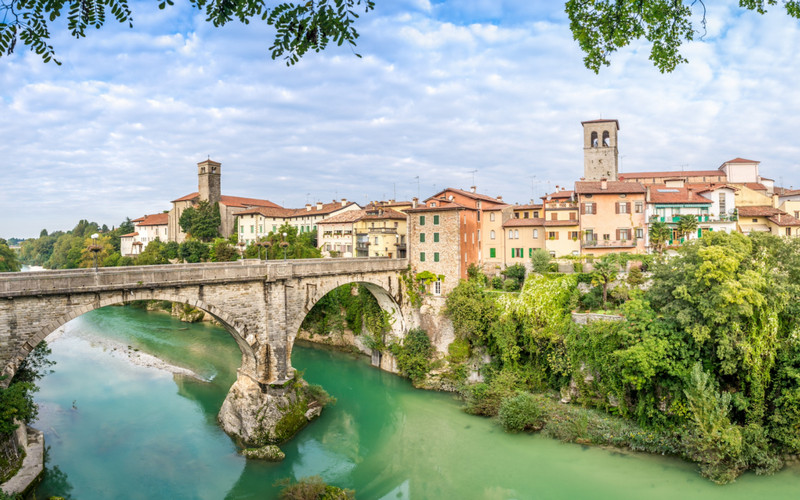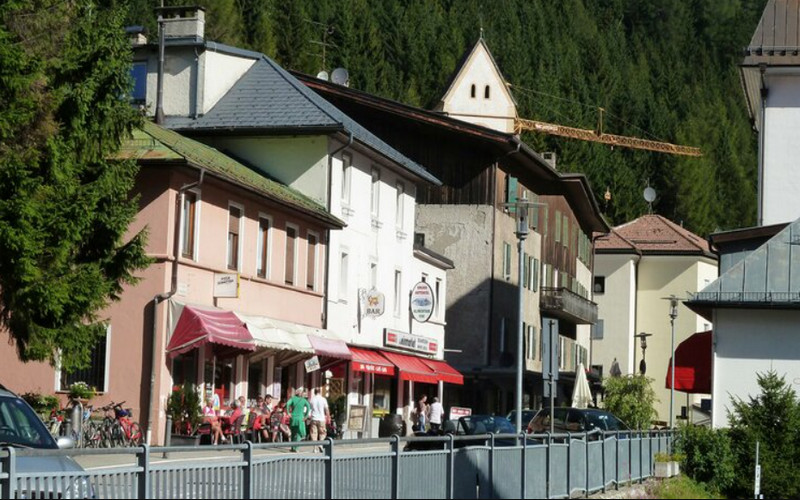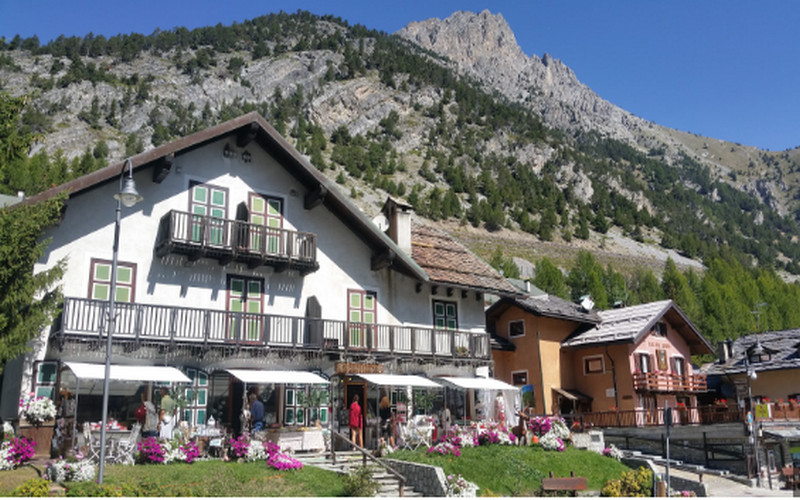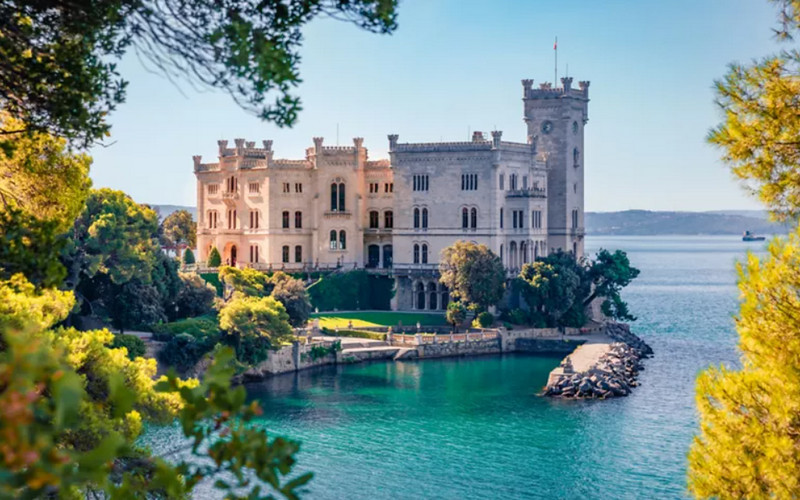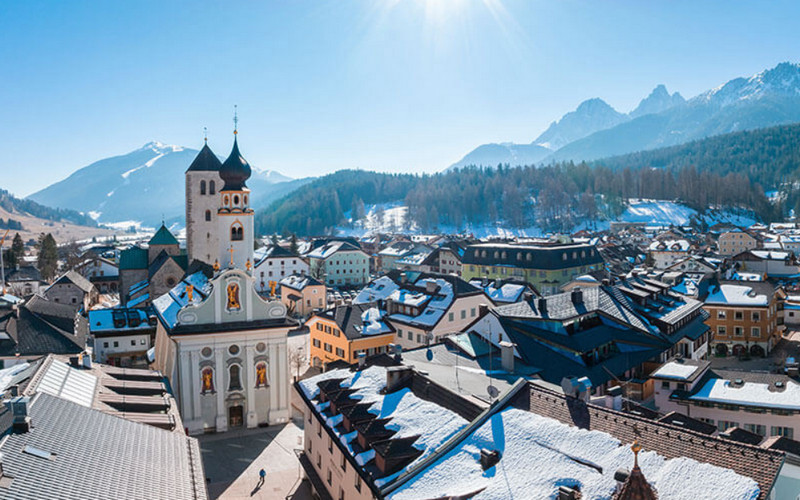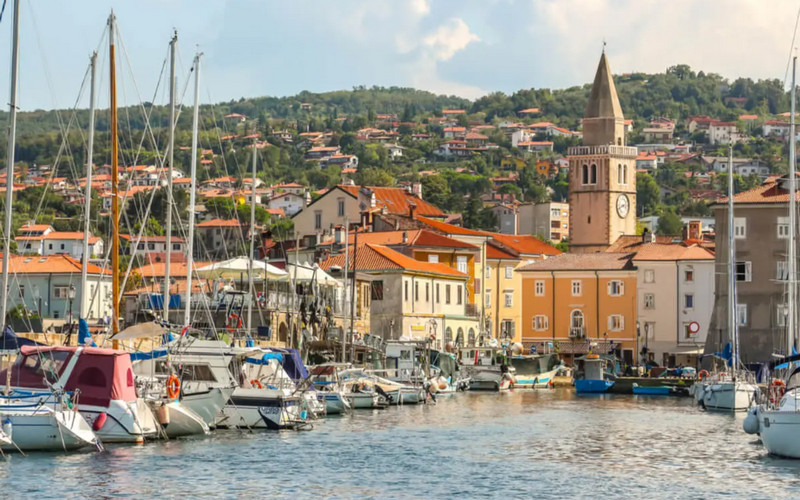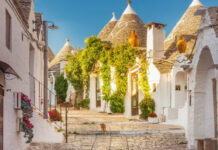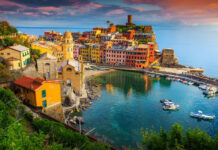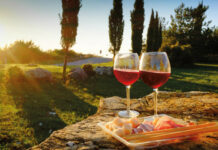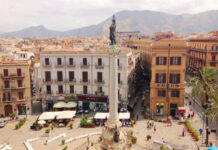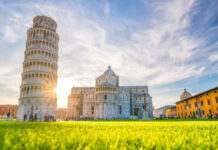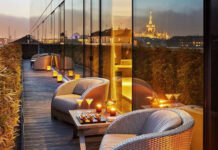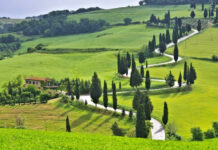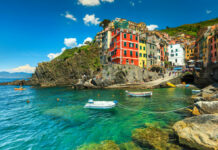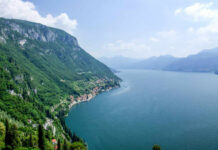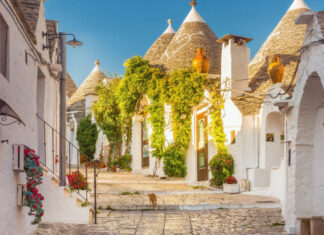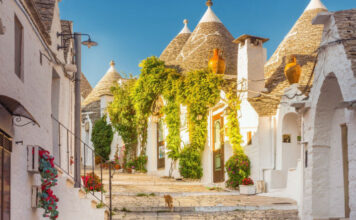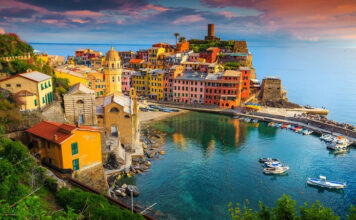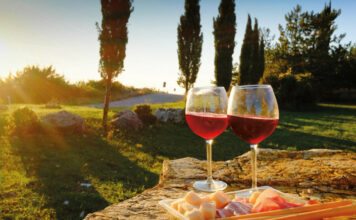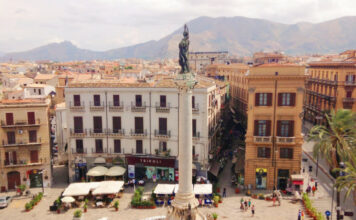Italy, with its long land borders, is more than just pasta and piazzas. Stretching from the snow-capped Alps to the sun-kissed Adriatic, the country shares borders with France, Switzerland, Austria, and Slovenia—each influencing the towns nearby in fascinating ways. These border towns don’t just flirt with their neighbors; they embrace them, fusing two worlds into one unique local identity. Here’s a look at ten beautiful Italian border towns where two cultures coexist and create something extraordinary.
1. Vipiteno (Sterzing), South Tyrol – Austrian Elegance with Italian Flair
Tucked into the northern reaches of South Tyrol, Vipiteno—known as Sterzing in German—is a picture-perfect town with Alpine charm and Italian soul. The pastel-colored facades, onion-domed churches, and mountain air feel straight out of Austria, while the gelato stands and espresso bars remind you you’re in Italy. German is the dominant language, but menus often feature both Knödel (dumplings) and pasta, and the Christmas market here is legendary.
2. Gorizia, Friuli Venezia Giulia – Italy Meets Slovenia
Straddling the border with Slovenia, Gorizia is an unusual town—its Slovenian counterpart, Nova Gorica, is literally next door. The border once cut the town in two, but today, thanks to the Schengen Agreement, locals walk freely across what used to be a dividing line. The town reflects this duality in its architecture, cuisine, and community. Expect Viennese-style cafés, Slovenian pastries, and Italian piazzas all in one afternoon stroll.
3. Ventimiglia, Liguria – A French Riviera Spirit with Italian Passion
Just 7 km from the French border, Ventimiglia is Italy’s last coastal town before France’s glitzy Côte d’Azur. While it has the laid-back beach vibe typical of Liguria, you’ll find croissants served alongside cappuccinos and bilingual menus that cater to a steady stream of French visitors. The Friday market is legendary on both sides of the border, attracting shoppers from as far as Nice.
4. Tarvisio, Friuli Venezia Giulia – Where Italy, Austria, and Slovenia Converge
Nestled in the Julian Alps, Tarvisio sits at the intersection of three countries. It’s a trilingual town where Italian, German, and Slovene mingle effortlessly. In winter, it’s a snow-sport haven with Austrian-style ski lodges. In summer, hiking trails and alpine lakes attract nature lovers. Local cuisine features schnitzel, polenta, and štruklji (Slovenian rolled dumplings), all within walking distance of each other.
5. Cividale del Friuli, Friuli Venezia Giulia – A Habsburg Heart with Italian Soul
Though not directly on the border, Cividale del Friuli lies close to Slovenia and pulses with cross-cultural currents. Once part of the Austro-Hungarian Empire, the town still bears the stamp of Central European architecture. It’s also a spiritual center of the ancient Lombards, whose relics now sit side-by-side with Slavic folklore. The nearby Natisone Valleys are home to Slovene-speaking communities that add linguistic and culinary spice to the region.
6. Brennero (Brenner), South Tyrol – Gateway Between Italy and Austria
Brennero is a key transit town on the Brenner Pass, which links Italy with Austria. Though small, it’s a symbolic place where cultures visibly shift. You’ll find signage in both Italian and German, Tyrolean inns with strudel, and Italian espresso counters under chalet-style roofs. The outlet center draws bargain-hunters from both countries, while the railway station offers scenic Alpine routes.
7. Claviere, Piedmont – French Alps Meet Italian Peaks
Claviere sits right on the French-Italian border in the Alps, just next to Montgenèvre. This small mountain town has long been a haven for skiers and hikers. The influence of both cultures is seen in everything from cheese-laden cuisine to architectural hybrids. The Via Lattea (Milky Way) ski area connects resorts on both sides of the border, making it a seamless cross-cultural winter experience.
8. Trieste, Friuli Venezia Giulia – A Port City with Austrian Roots and Balkan Hints
Trieste may not lie directly on the modern border, but it is one of Italy’s most iconic multicultural cities. Once the main port of the Austro-Hungarian Empire, Trieste today is a captivating blend of Viennese café culture, Slovenian language pockets, and Italian seaside style. Its stately architecture and literary heritage (think James Joyce) reflect its role as a cultural crossroads.
9. San Candido (Innichen), South Tyrol – A Dolomite Gem with Dual Identity
San Candido, known in German as Innichen, is a serene town nestled in the Dolomites, close to the Austrian border. Like many towns in South Tyrol, German is the main language spoken, and Austrian traditions dominate local life. Yet, Italian design and warmth are never far away—evident in the relaxed pace of life and fashionable boutiques. Don’t miss the stunning Baroque-style San Michele Church or the regional delicacies blending Alpine and Mediterranean influences.
10. Muggia, Friuli Venezia Giulia – Istrian Charm on Italian Soil
Just a short hop from Slovenia and the Istrian Peninsula, Muggia is a delightful coastal town that looks more Croatian than Italian at first glance. Its old town is a tangle of Venetian-style alleyways and pastel facades. Many locals have Slavic roots, and you’ll hear Slovenian spoken alongside Italian. The food? A fascinating mix of seafood risottos, Balkan grilled meats, and Istrian wines.
These ten border towns are more than just geographical curiosities—they are living testaments to Italy’s rich history of cultural exchange. Whether you’re sipping a French-inspired café au lait in Liguria or enjoying a German-style strudel in the Dolomites, these towns offer more than just scenic beauty. They’re proof that borders, rather than dividing us, can also be places of meeting, merging, and mutual enrichment.
Travelers seeking authentic experiences and rich cultural blends will find in these towns a deeper kind of Italy—one where flavors, languages, and traditions from beyond the border infuse everyday life with delightful surprises.
